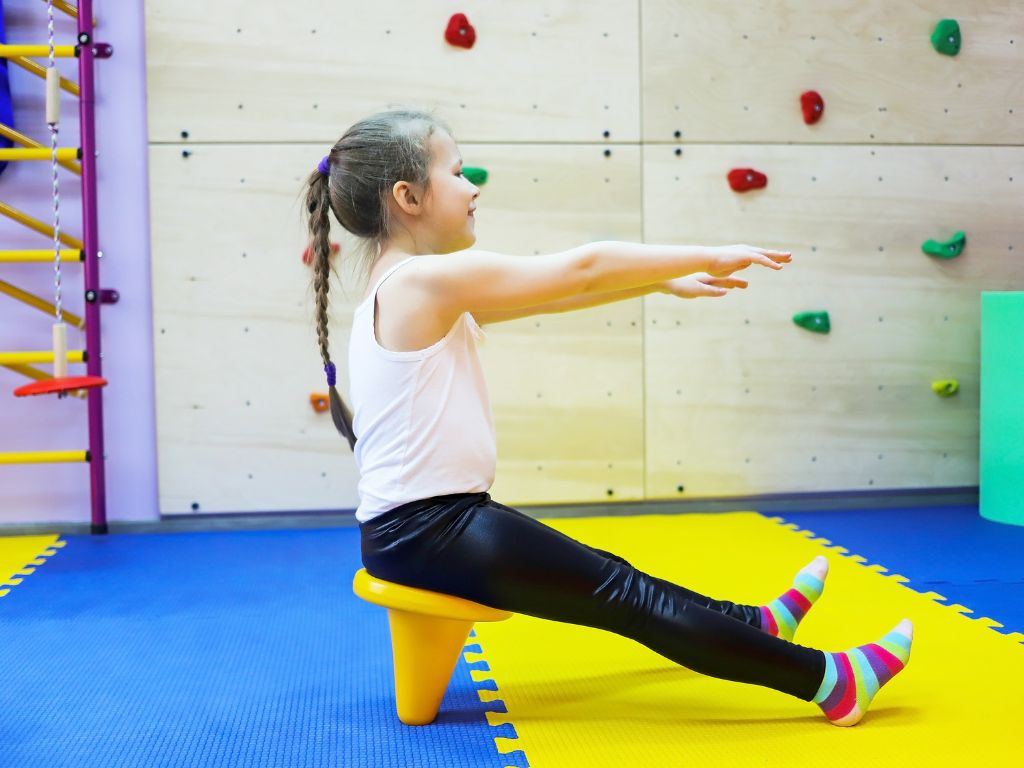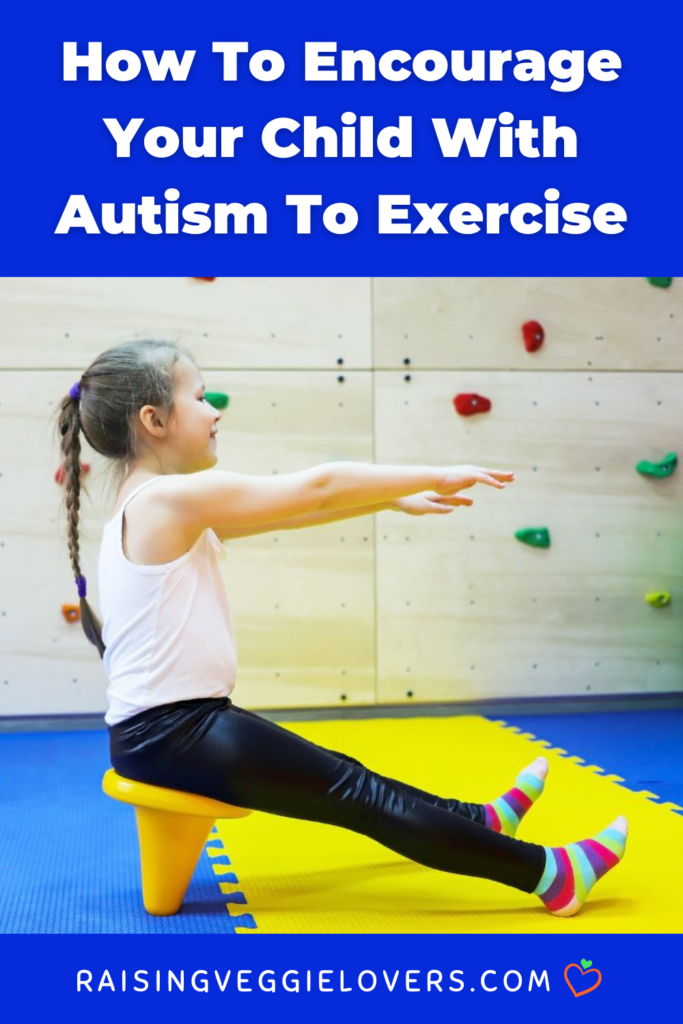As an Amazon Associate, I earn from qualifying purchases. This post may contain affiliate links. Read my disclosure policy.

Exercise and physical activity have positive benefits for any child. However, encouraging your child with autism to exercise can be difficult because they likely prefer solitary activities with minimal exercise. Motivate your child with the following tips to make physical activity more appealing and enjoyable.
Limit Screen Time
While tablets and phones can provide learning opportunities for kids, they can also distract them from their daily life. Too much screen time could lead to changes in sleep patterns, obesity, attention span, and anxiety/depression. When encouraging your child to be physically active, limit the screen time to specific times of the day so you, as the parent, can better implement exercise.
Make Small Steps
Jumping directly into exercise could be daunting for a child with ASD because it could heighten their anxiety. Making small steps, such as walking to school every morning or doing small movements during commercial breaks on TV, could be an excellent starting point for getting your kid used to this type of activity. A child should get at least one hour of exercise a day, starting with small increments of time and gradually increasing as they get used to moving around more.
Consider Special Interests
To keep your child engaged in physical activity, find exercises that interest them or include their favorite hobbies. For example, if their special interest at the moment is music, try to learn dance routines to their favorite songs. Find exercises for children with autism that use the whole body to get the most out of the activity.
Use Rewards
Another way to encourage your child with autism to exercise is to give them goals and rewards to work toward. Let’s say a specific activity is particularly challenging; rewarding your child after asking them to complete the exercise will help motivate them and allow them the power to decide what they do afterward. Consider a list of their favorite things, such as playing on the tablet, coloring, eating a snack, etc.
Physical exercise can be an extremely useful tool in helping a child with ASD build motor skills, improve social skills, increase muscle strength and endurance, and enhance their overall health. It may take a little more effort on your part to get your child moving, but the benefits are endless.

As always, sharing is caring! Please click on the buttons below to share this post with your friends!
